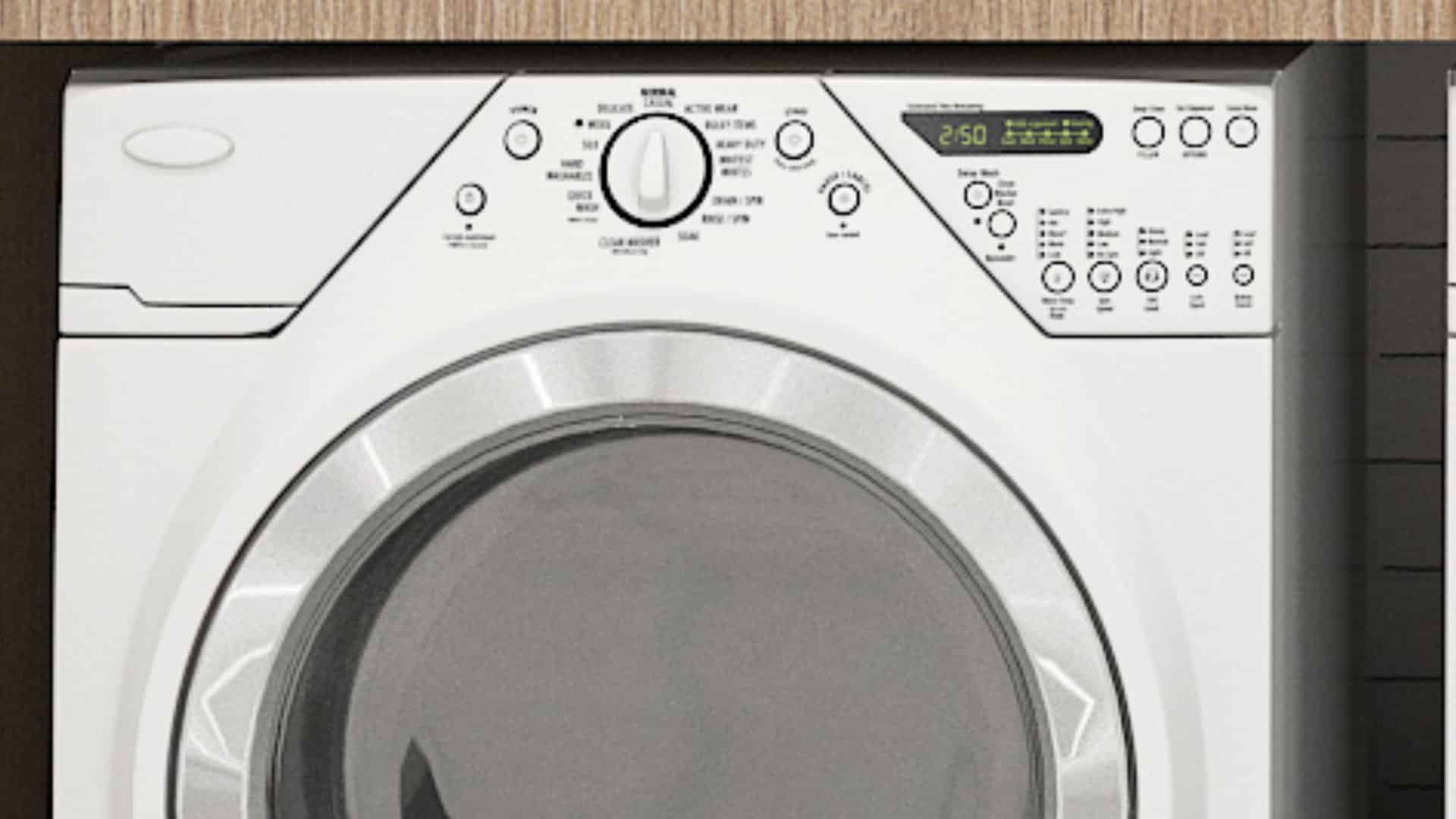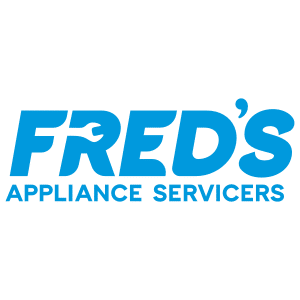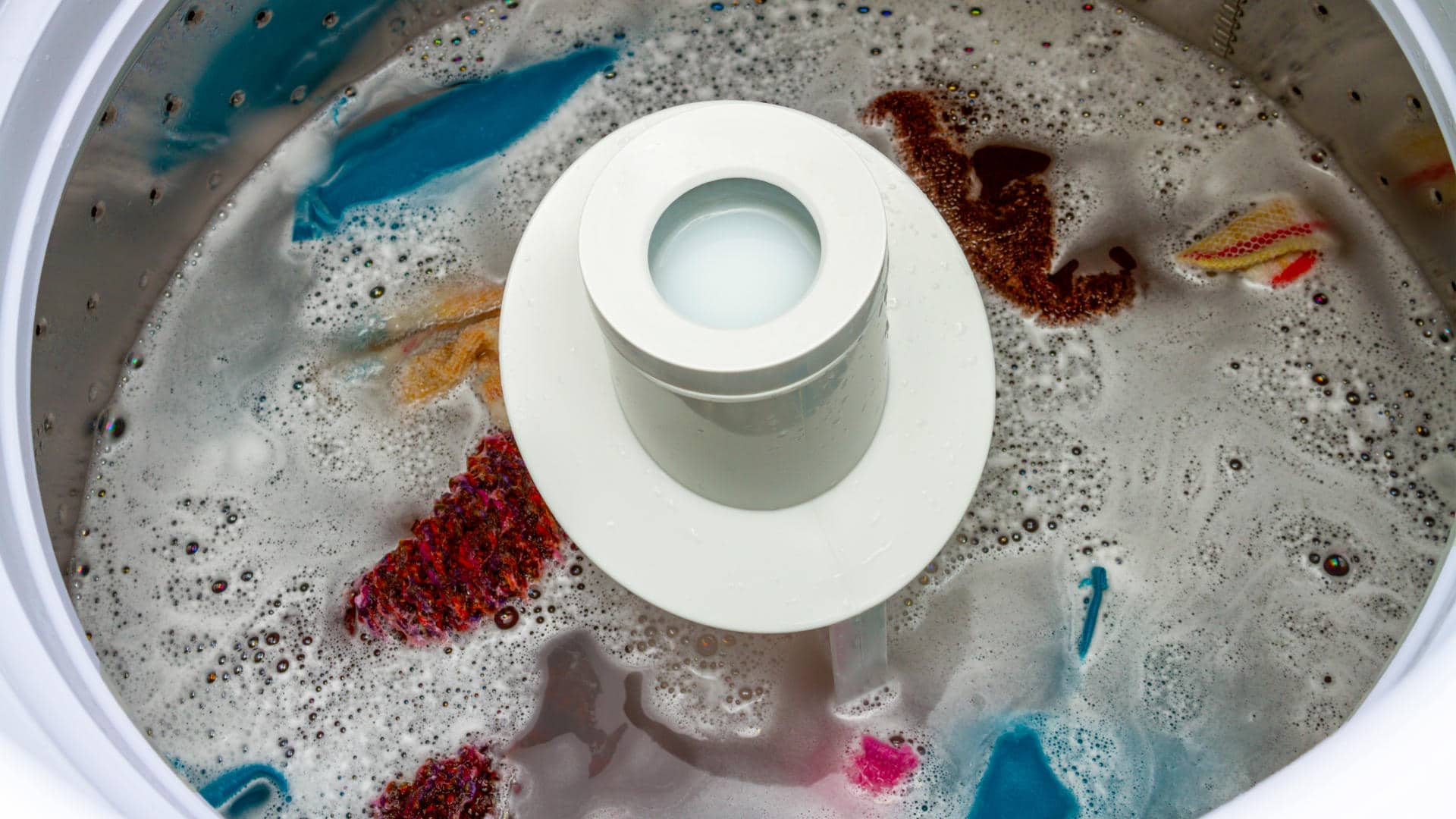
If you can’t use your washer, you can run out of clean clothes pretty fast. When your washer won’t drain after a wash cycle, you can’t use it, so you’ll want to fix it quickly.
This article will go through the most common problems that can cause a KitchenAid washer not to drain. It will also provide solutions you can try to solve your issue.
The following models of KitchenAid washer are covered by this guide:
KAWE450VAL0
KAWE450VWH0
KAWE460WAL0
KAWE460WWH0
KAWE460WWH1
KAWE460WWH2
KAWE460WWH3
KAWE470BAL0
KAWE470BWH0
KAWE540WWH0
KAWE700TWH0
KAWE742VAL0
KAWE742VWH0
KAWE742WAL0
KAWE742WWH0
KAWE800TWH0
KAWE900TWH0
KAWS750LQ2
KAWS750LQ4
KAWS750LT2
KAWS750LT4
Check the Lid or Door Switch
Washers contain failsafe switches that will stop the wash cycle when the lid or door is open. This includes drainage. If your washer won’t drain, it’s possible that the switch on the lid or door is faulty and is not properly closing. This will stop the wash cycle and cause your machine to stop draining.
To test whether this is the case, press down firmly on the lid or door to apply extra pressure. If this kickstarts the draining process, contact a professional appliance repair technician and tell them you need to get the lid or door switch replaced.
Drain and Clear Your Washer
If the door or lid of your washer is closed properly and it still won’t drain, you will first need to drain the remaining wash water and remove the laundry before continuing to diagnose the problem.
The right way to manually drain your washer depends on the model.
For most top-loading washers, follow this method:
- Turn off the water supply to your washer at the faucet.
- Unplug the washer’s power connection at the wall.
- Take the washer out from the wall so you can access the back.
- Locate the drain hose. Typically, it will be a grey hose, while the hoses supplying the water to the washer will be blue and red.
- Follow the drain hose to where it connects to the wall outlet pipe. Place some towels and a large bucket there.
- Firmly pull the hose from the pipe to remove it; then aim the hose into the bucket. Drain until water stops flowing.
- Reconnect the drain hose to the wall outlet pipe.
- Replace your washer and turn the water and power back on.
If your model is a front-loader follow these steps:
- Turn off the water and power supply to your washer.
- Locate the service panel. This is typically located on the front panel of the washer at the bottom left or right-hand corner. Remove the panel.
- If your model has a drain hose, aim it into a large bucket, and remove the plug. Let it drain completely.
- If your model does not have a drain hose, place a large bucket in front of the filter cap, and remove the drain filter by twisting it counterclockwise and pulling it toward you. Be prepared for a large flow of water.
- Replace the drain hose plug or filter, and turn the power and water back on.
Ensure the Drain Hose Is Unblocked
A blockage or kink in the drain hose can stop your washer from draining. While you have the washer pulled out from the wall and the drain hose disconnected from the wall outlet pipe, take the time to check for these things.
Here’s what to look for:
- Check along the length of the hose for kinks or sharp bends, and remove these by untwisting.
- Clean around the wall outlet pipe with a wet cloth or dish brush to remove scum or mold buildups.
- Carefully feel along the length of the hose for any foreign objects that could be blocking it. If there is something inside, you can squeeze it out or use a long, thin object, like a straw cleaning brush, to remove it.
- Remove the other end of the drain hose from the washer, and use hot water and detergent to rinse the hose out before replacing it.
Unblock the Drain Filter
Wash water passes through the drain filter before being drained to stop foreign matter from being washed out with the wastewater.
The filter can become blocked, commonly with lint, earrings, hairpins, or even socks. If this happens, the washer won’t drain. Luckily, this is an easy problem to fix.
Here’s how to do it:
- Turn off the power and water to your washer.
- Manually drain any remaining wash water and remove clothes.
- Remove the drain filter. In front-loaders, this is located in the access panel, usually in the bottom left or right-hand corner of the front panel of the washer. In top-loaders, this is usually in the washer’s central column.
- Check the filter and its housing thoroughly for foreign objects and remove these.
- Use a dish brush, hot water, and detergent to thoroughly clean lint, gunk, or mold from the filter; then rinse with clean water.
- Replace the filter and reconnect the water and power supply to your washer.
Check the Sump Hose for Blockages
The sump hose connects the washer tub to the drain pump. It is a short, wide hose that can become blocked with larger objects like socks or jewelry. If it gets blocked, it can stop the washer from draining.
Here’s how to access the sump hose and clear it out:
- Turn off the water supply to your washer, and unplug the power supply at the wall.
- Drain any remaining wash water and remove clothes.
- Carefully take out the washer from the wall, and tip it over so it is laying on its back.
- Locate the pump hose. It is usually black or dark gray and is short but wide.
- Place down towels to catch any drips or spills.
- Remove each end of the hose. You may need to use pliers to loosen a jubilee clip or a Phillips-head screwdriver to loosen a clamp holding the hose on at the connection points.
- Remove the sump hose and remove any objects inside. Use a dish brush, hot water, and detergent to clean it out thoroughly before rinsing with clean water.
- Replace the sump hose.
- Replace your washer and turn on the water and power.
These are the most likely causes of a KitchenAid washer not draining. If you have tried the solutions provided and the problem persists, you will probably need to contact a professional appliance repair technician to diagnose your fault and fix it.

How to Fix the nF Error Code on a Samsung Washer
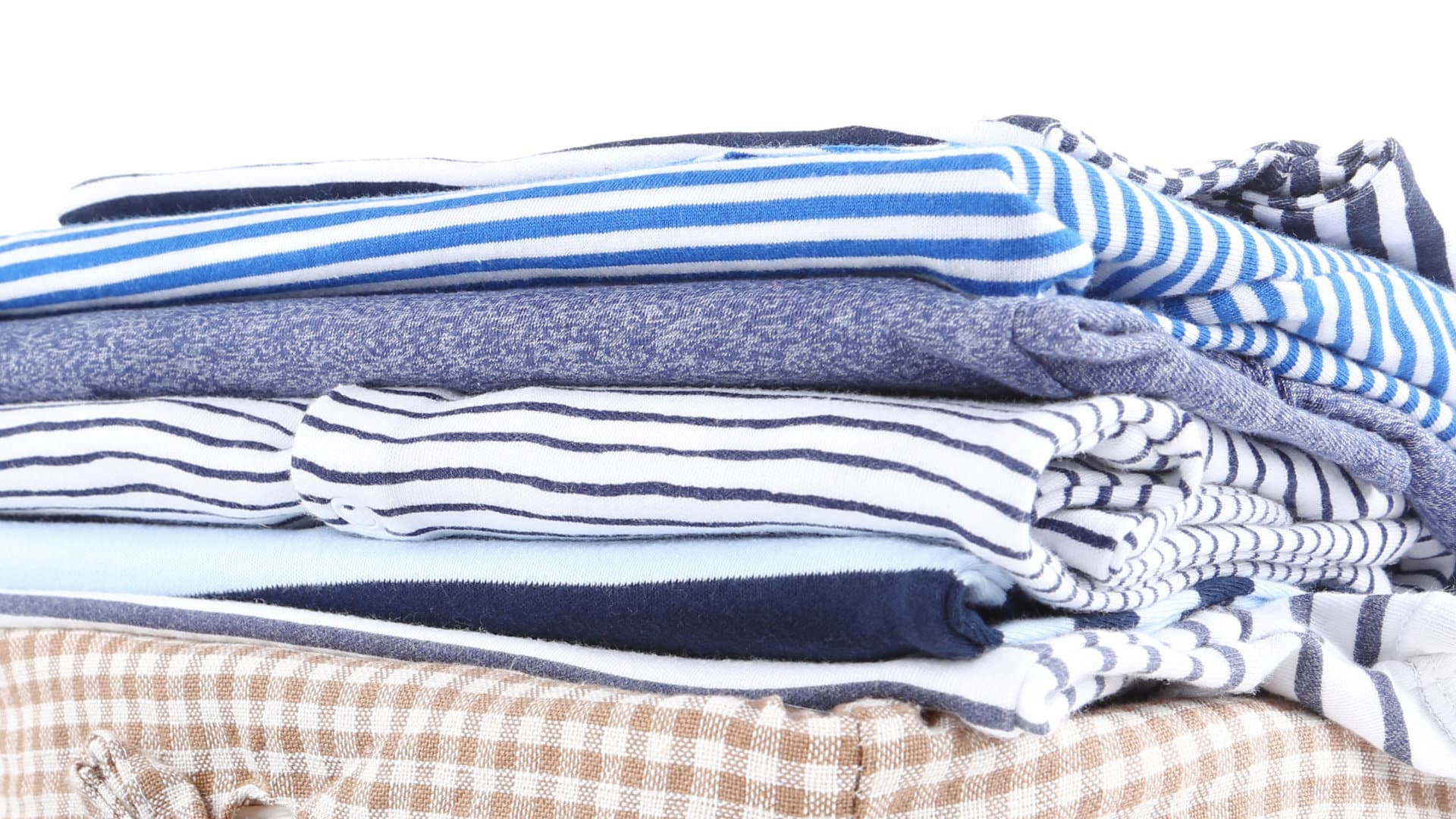
Kenmore Elite Dryer Issues: How To Troubleshoot
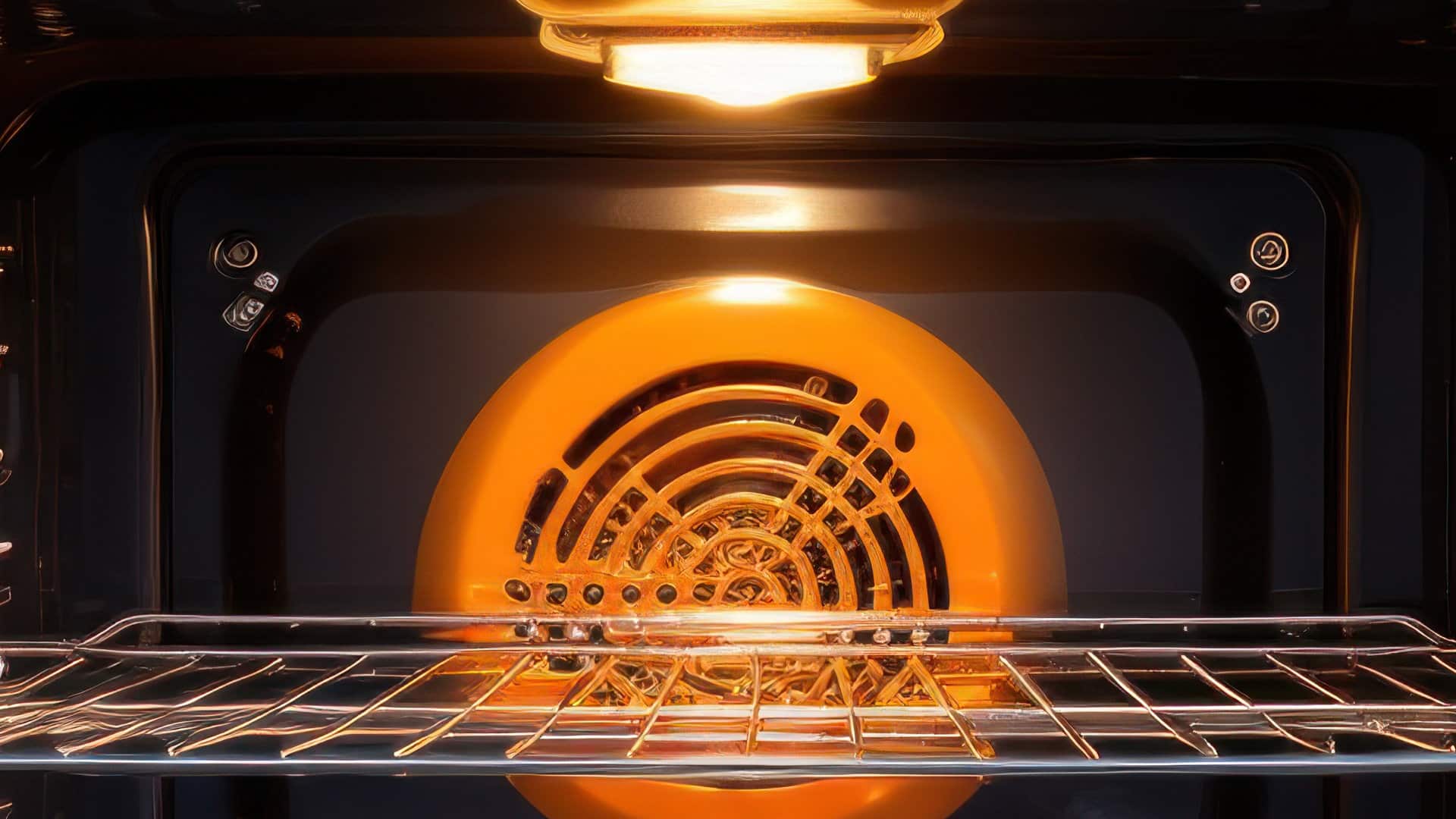
Microwave vs. Oven: Pros and Cons and How They Differ
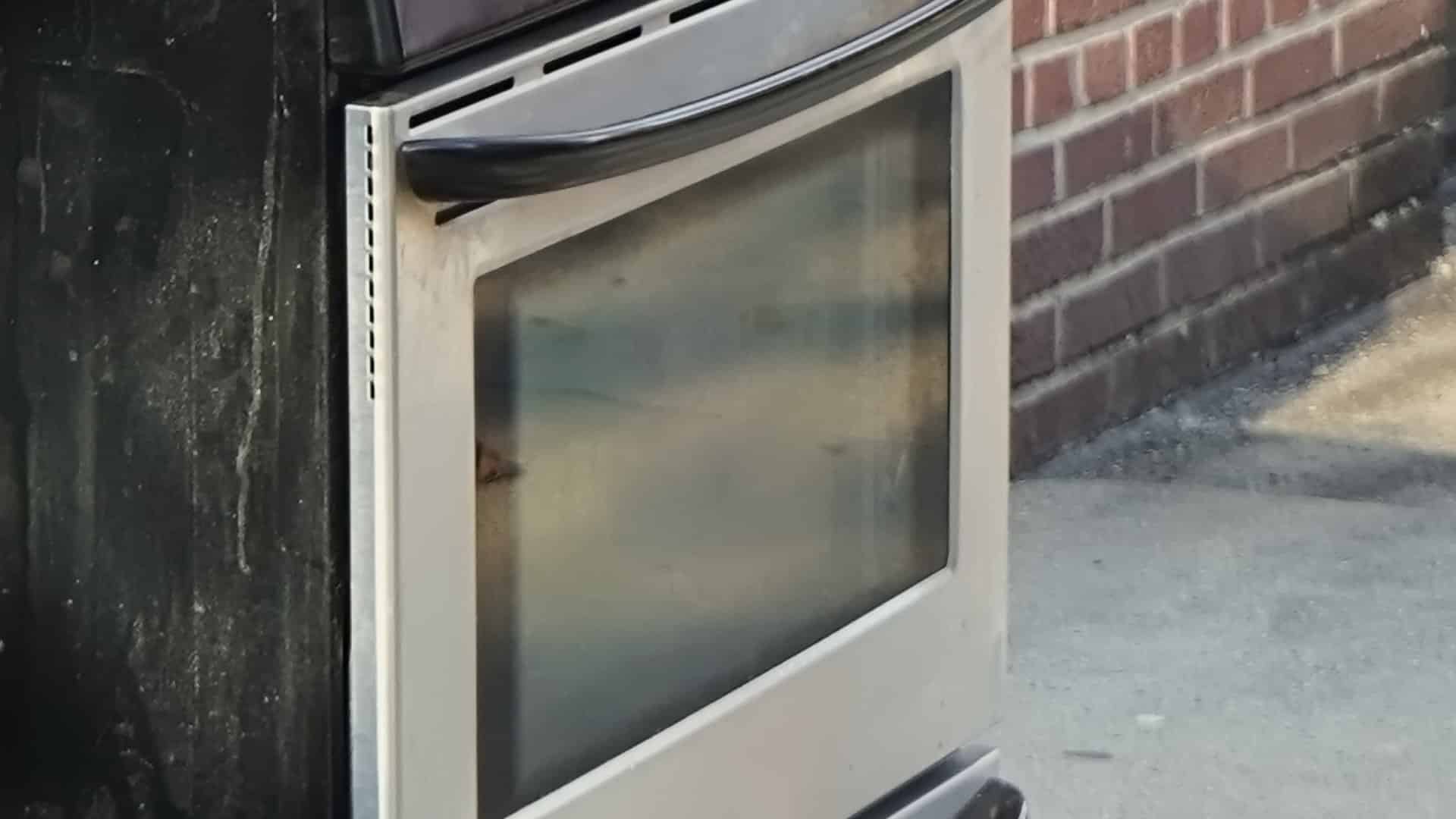
Self-Cleaning Oven Smell: Causes & Odor Reduction Tips
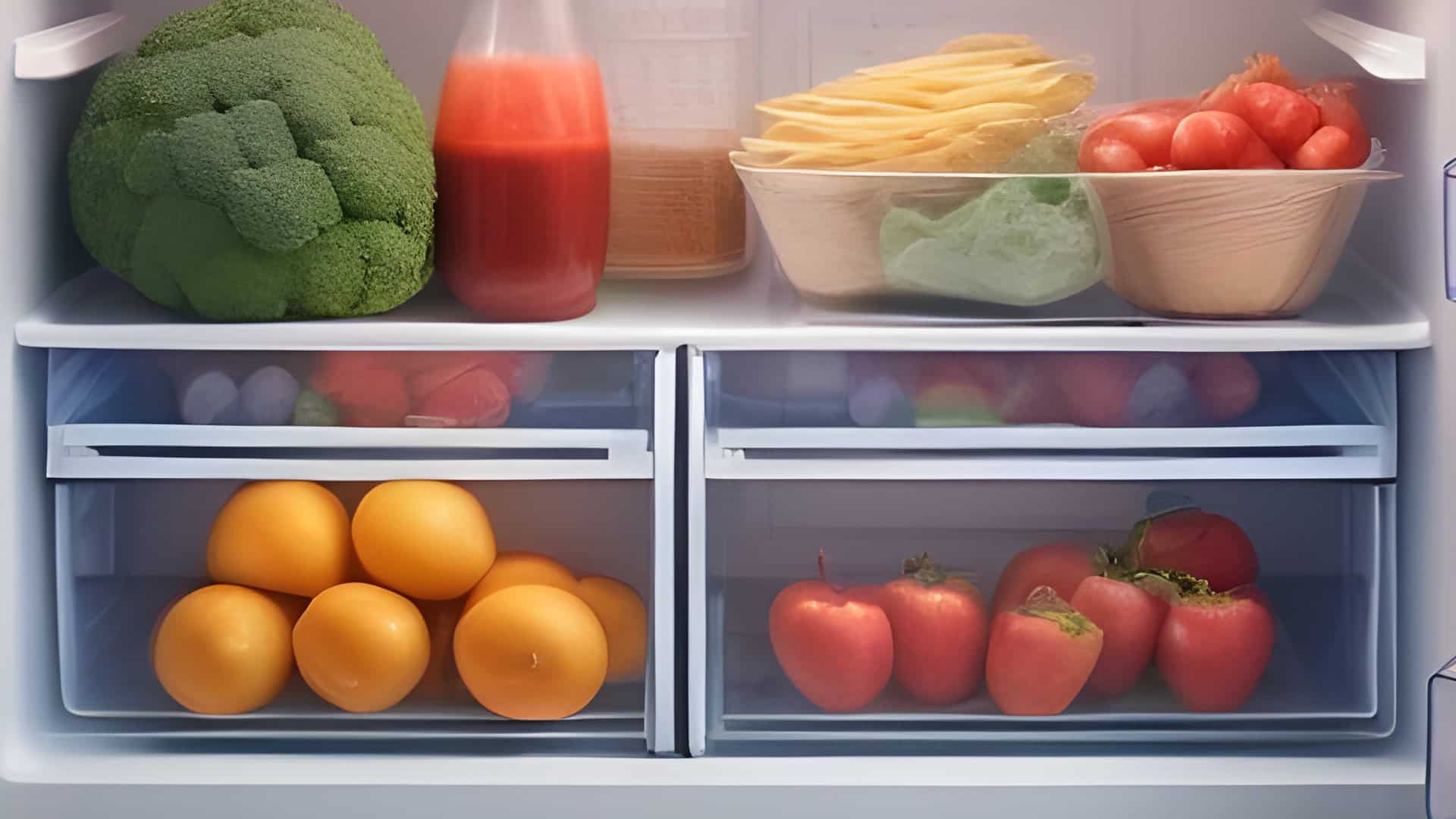
Frigidaire Ice Maker Not Working? 7 Ways to Fix It
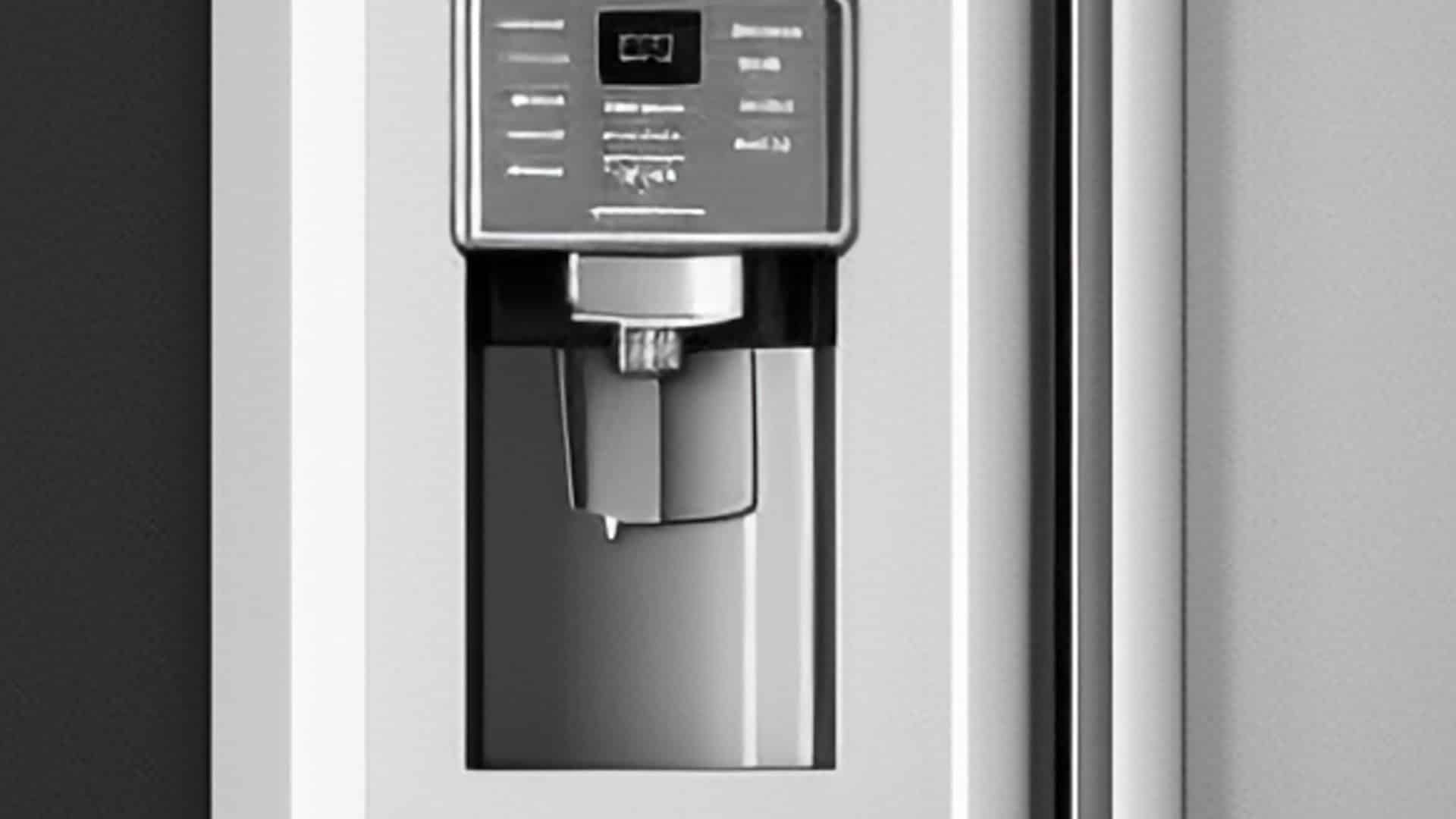
Why Is Your LG Refrigerator Not Cooling? (9 Common Reasons)
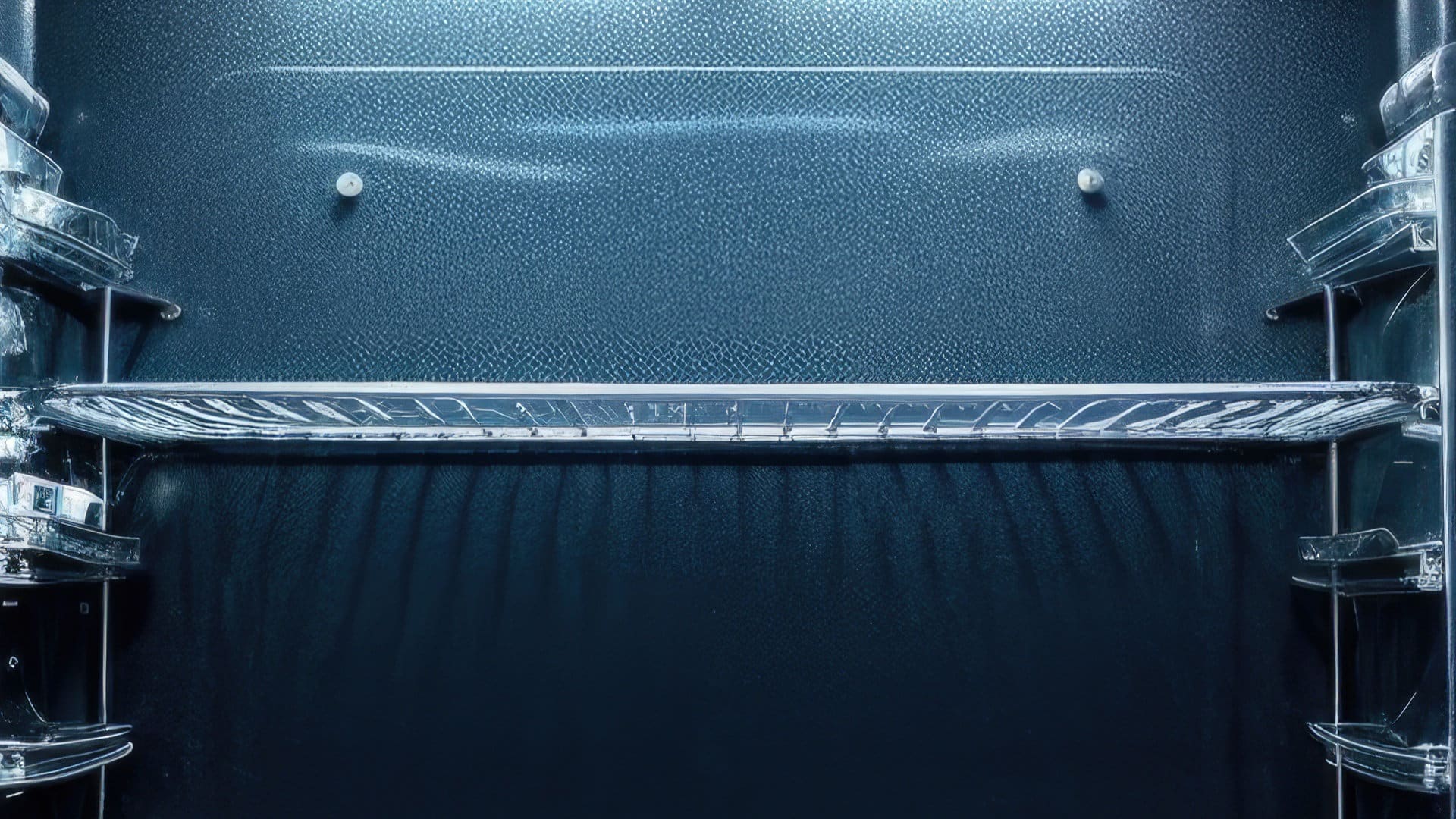
GE Oven F2 Error: Causes & Solutions
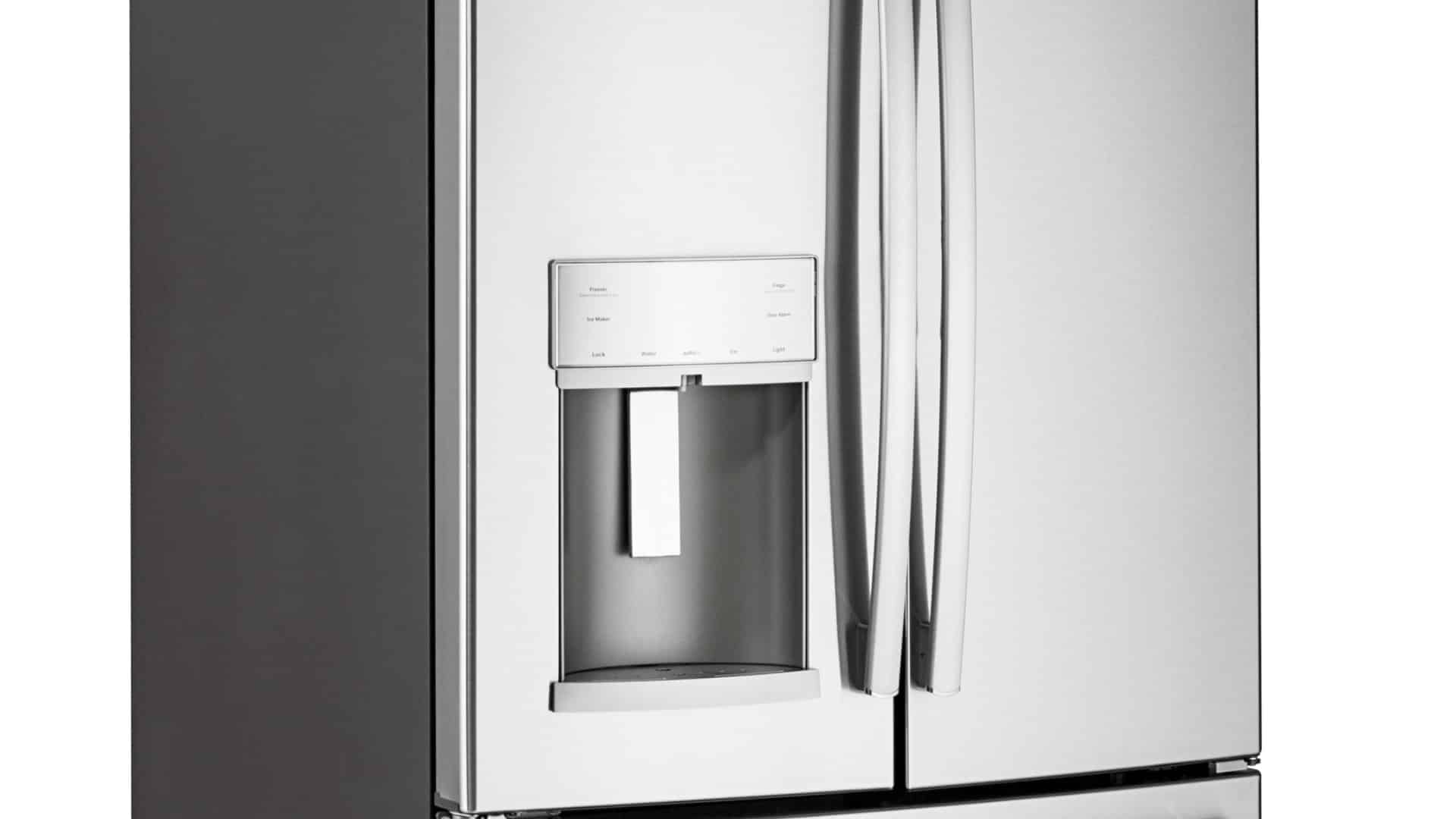
How to Reset the Water Filter Light on a Samsung Refrigerator
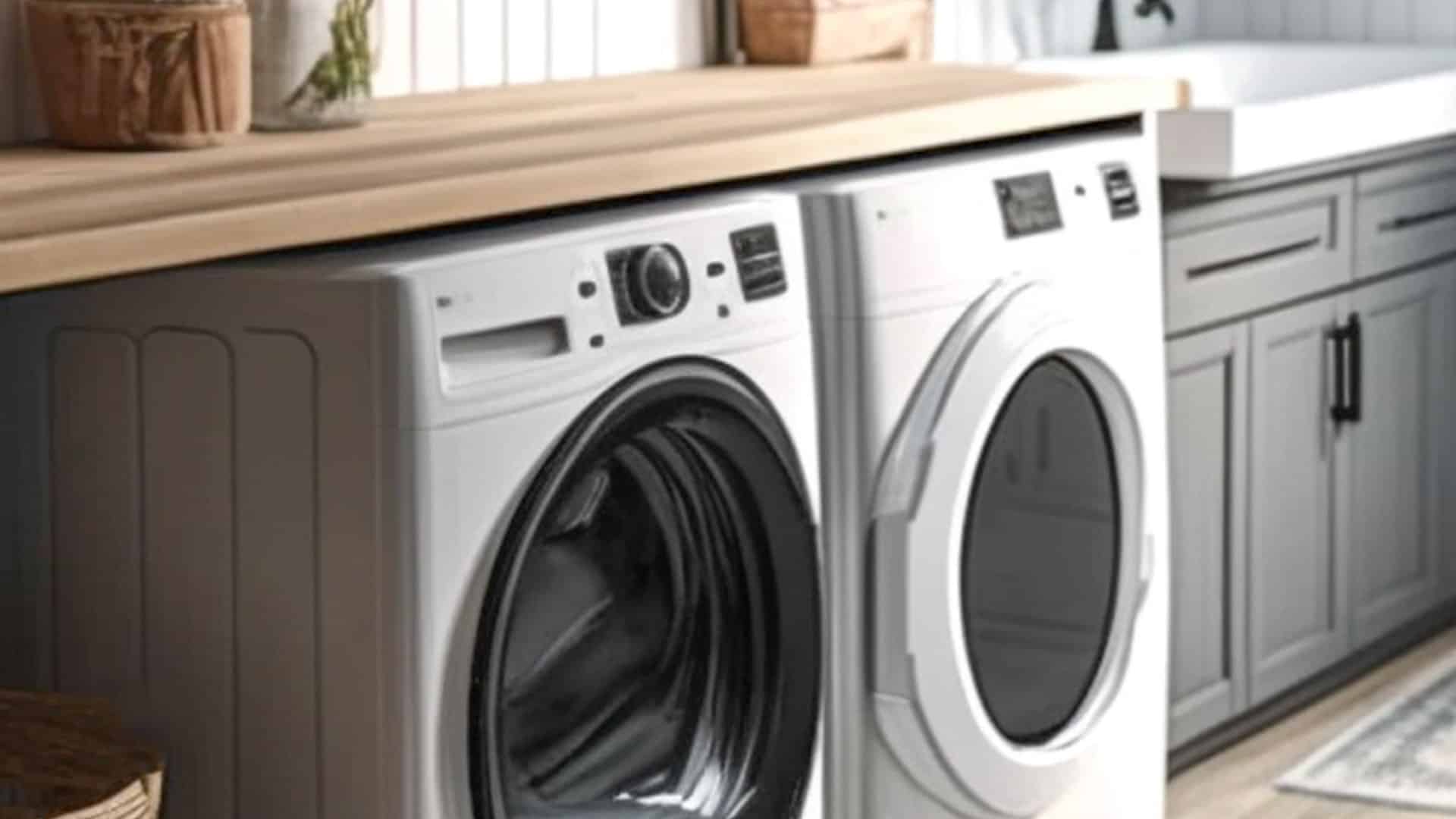
Maytag Washer Showing F5 Error Code? Here’s What To Do
